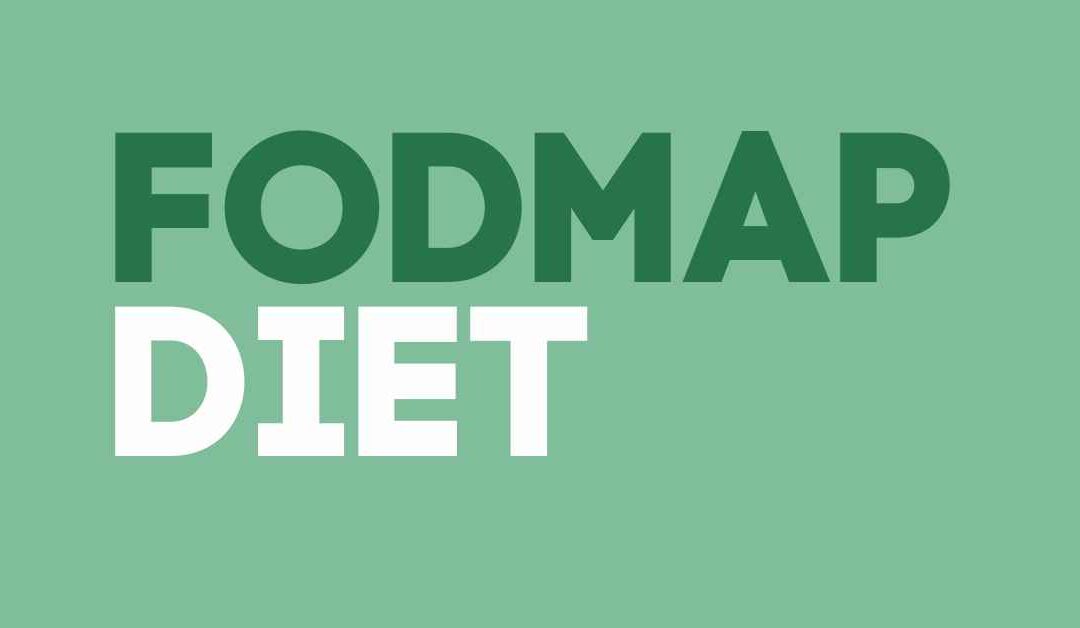Fodmap Diet
You might have come across it, a family member or a friend talking to you about following a FODMAP diet. Right? What is a FODMAP diet? Is it just another trend, or should you jump on board?
When you hear people talk about FODMAP they will most likely be talking about following a low FODMAP diet.
FODMAPs are foods that are fermentable and poorly absorbed by your intestines. Which can then cause diarrhea, bloating and other digestive discomfort, especially for people that have gut damage or sensitive like irritable bowel syndrome
FODMAP is an acronym: Fermentable, Oligosaccharides, Disaccharides, Monosaccharides, Polyols, and you find them in the plants you eat. Which plants you might wonder?
Products high in FODMAPs
- Wheat
- Vegetables: Beets, Brussels Sprouts, Cauliflower, Fennel, Leeks, Mushrooms, Onion, Garlic
- Fruits: Apple, Cherry, Mango, Pear, Nectarine, Plum, Peach, Grapes, Apple
- Legumes: Almonds, Black beans, Chickpea, Cashew, Soy bean
Products low in FODMAPs
- Brown rice, Polenta, Quinoa, Maize
- Vegetables: Carrot, Cabbage, Bok choy, Cucumbers, Eggplant
- Fruits: Kiwi, Limes, Passionfruit, Orange, Pineapple, Rhubarb
- Legumes: Tofu, Tempeh, Nuts and seeds
While reading this you might think, well let’s eliminate these high FODMAPs out of my diet. Why should I suffer from digestive discomfort? You may want to think twice before doing so. It turns out that those FODMAPS are also extremely good for us; they are full of prebiotics and fibre. Actually, having a shortage of FODMAP can lead to micronutrient deficiencies.
However, if you are suffering from discomfort in your intestine, it might be worth systematically working through the FODMAPs to see which affect you. Please always seek advice from your doctor, this article does not provide medical advice and is writing to inform only.
Slowly building up your FODMAPs can also help to train your intestines to improve your tolerance to them. Take it slowly so your gut can get used to them, it is like training your muscles at the gym. You can’t go from zero to a hundred in a week; you build up slowly so you can get used to it over time.
The FODMAP diet was actually developed by Monash University in Australia, It was indended as a temporary restriction where for two to six weeks the FODMAPs where reduced and then systematically reintroduced back into the diet.
As you might know, I am a big believer in having as many plants in our diet as possible. I believe a diet that is primarily based on plants will give you the best chance to live a healthy life. A diet with a high diversity of plants has proven to be the best diet. This includes products that are high in FODMAPs.
So, should you ignore the FODMAP trend and eat as much high FODMAP food as you can? I think it is best to look at your own situation and listen to your body, and seek medical advice if you have digestive issues. If you have a well-functioning gut, you might want to continue with having a diet that is high in diversity of plants and FODMAPs. You can also slowly introduce more of the FODMAPs into your diet, and train your gut to absorb more of those wonderful nutrients and fibres for a healthy life.
What do you think? Please share your thoughts with me I am curious to hear your story and ideas.
Email me on info@vegmeup.com.au
Most of the information from this blog can be found in Fiber Fueled from Will Bulsiewicz. Check it out to learn more about this subject and a maintaining a healthy gut.
With love,
Jimmy

